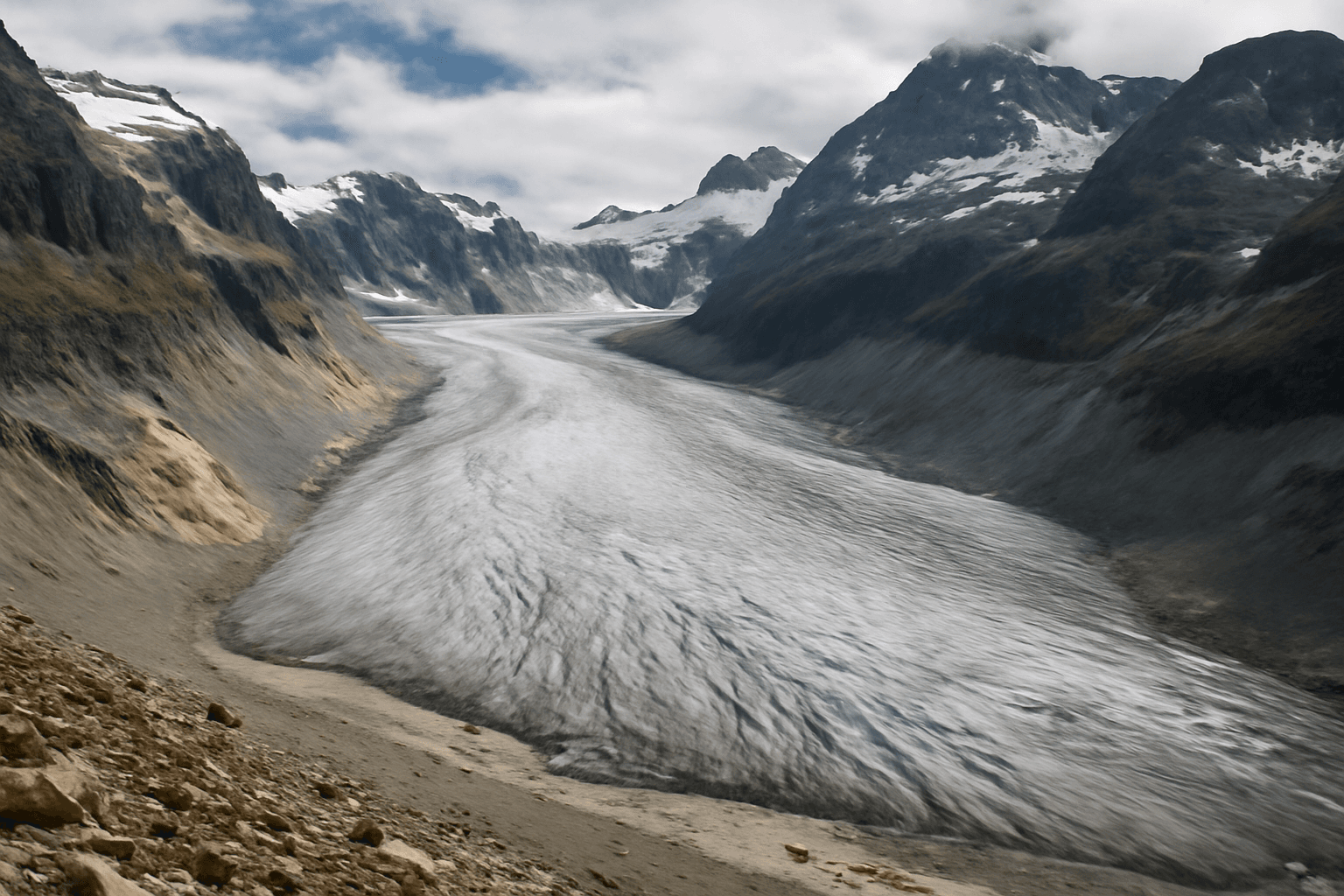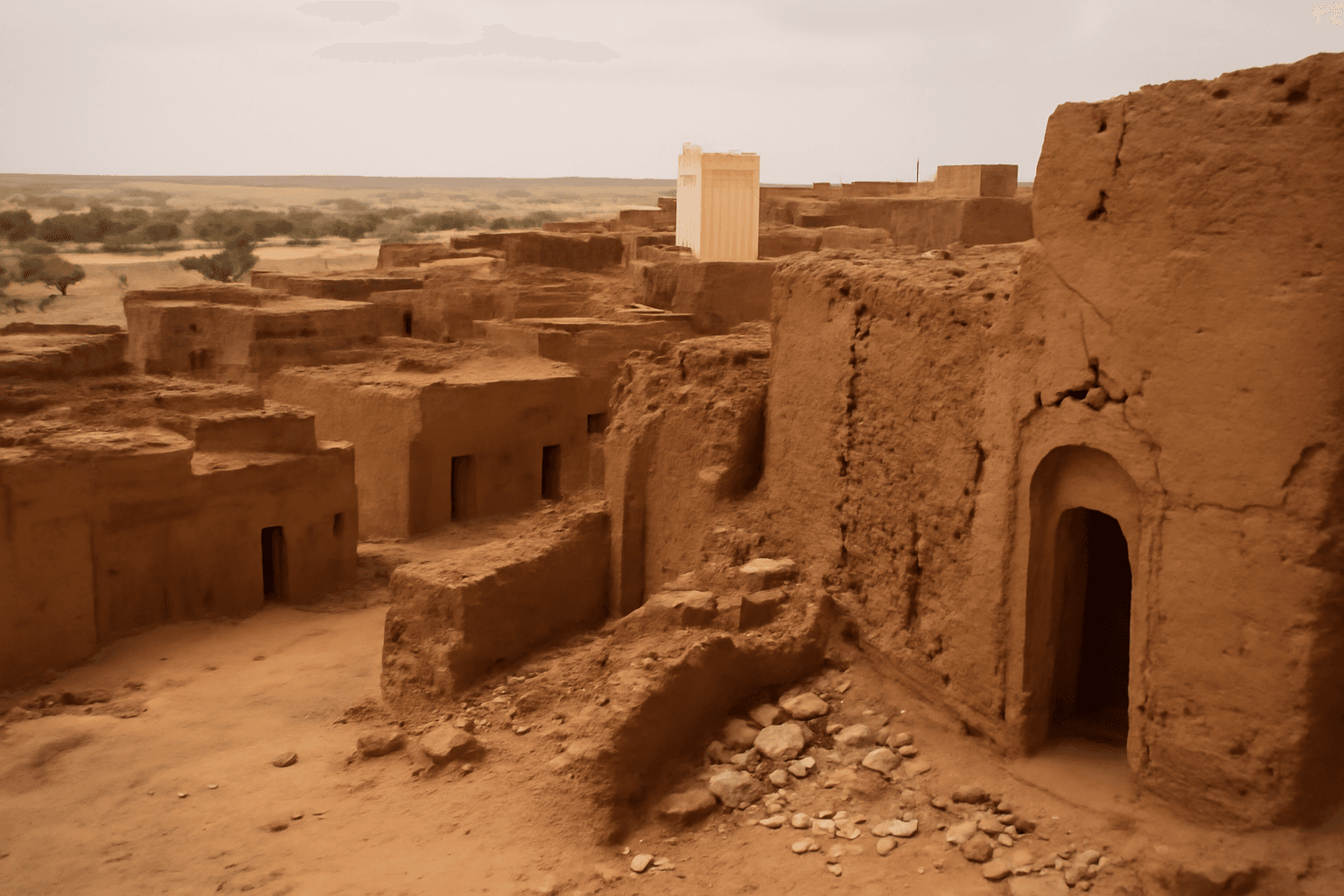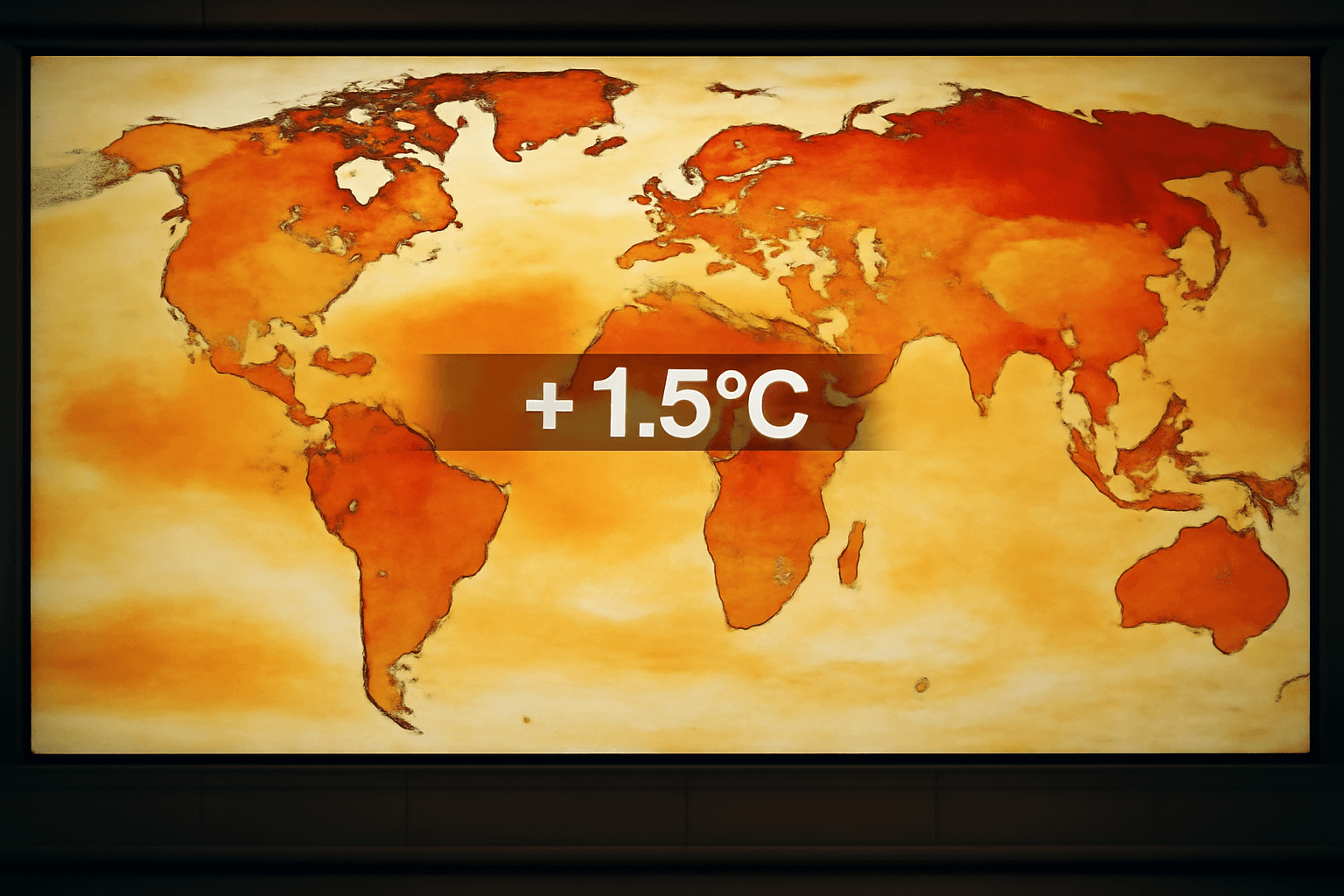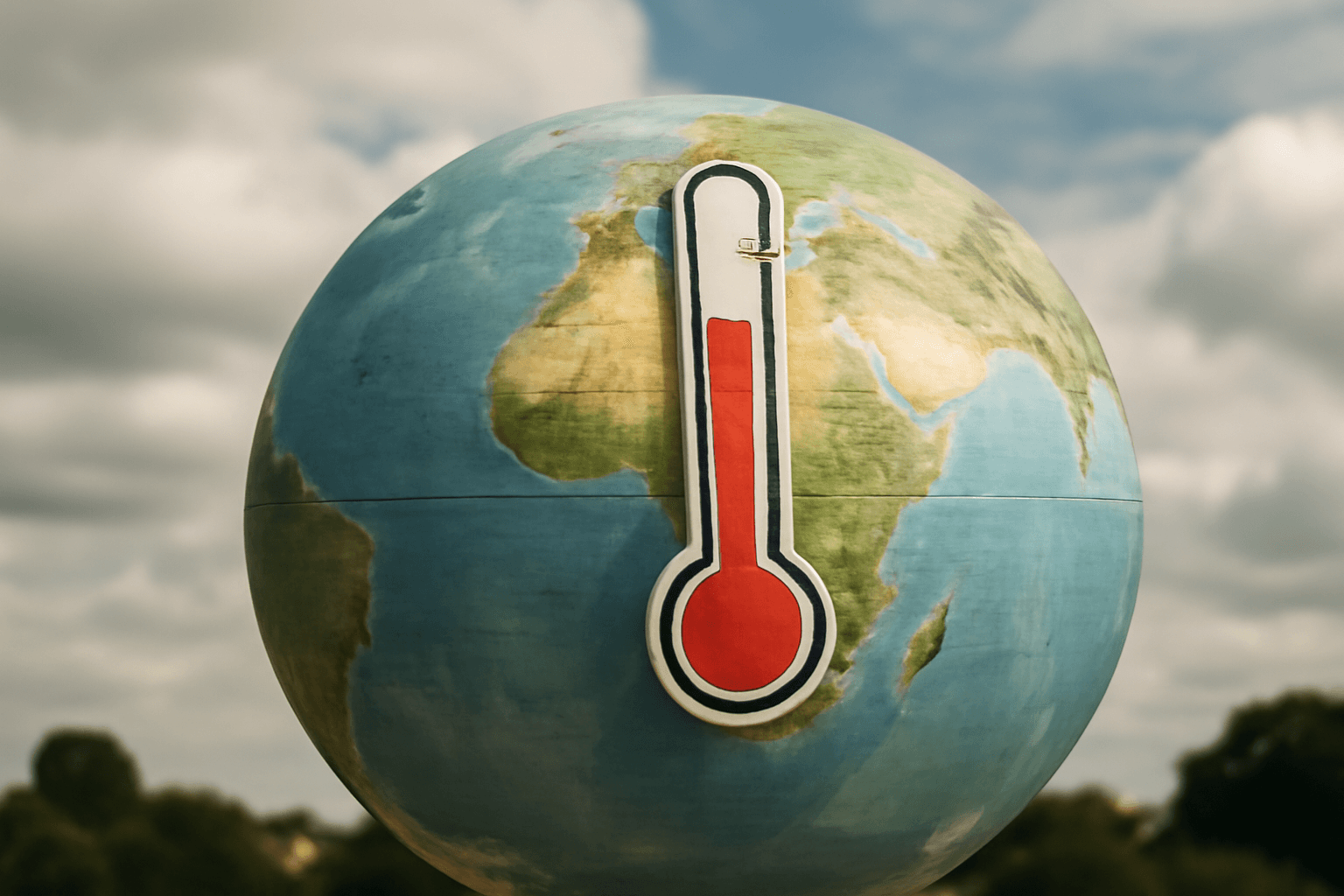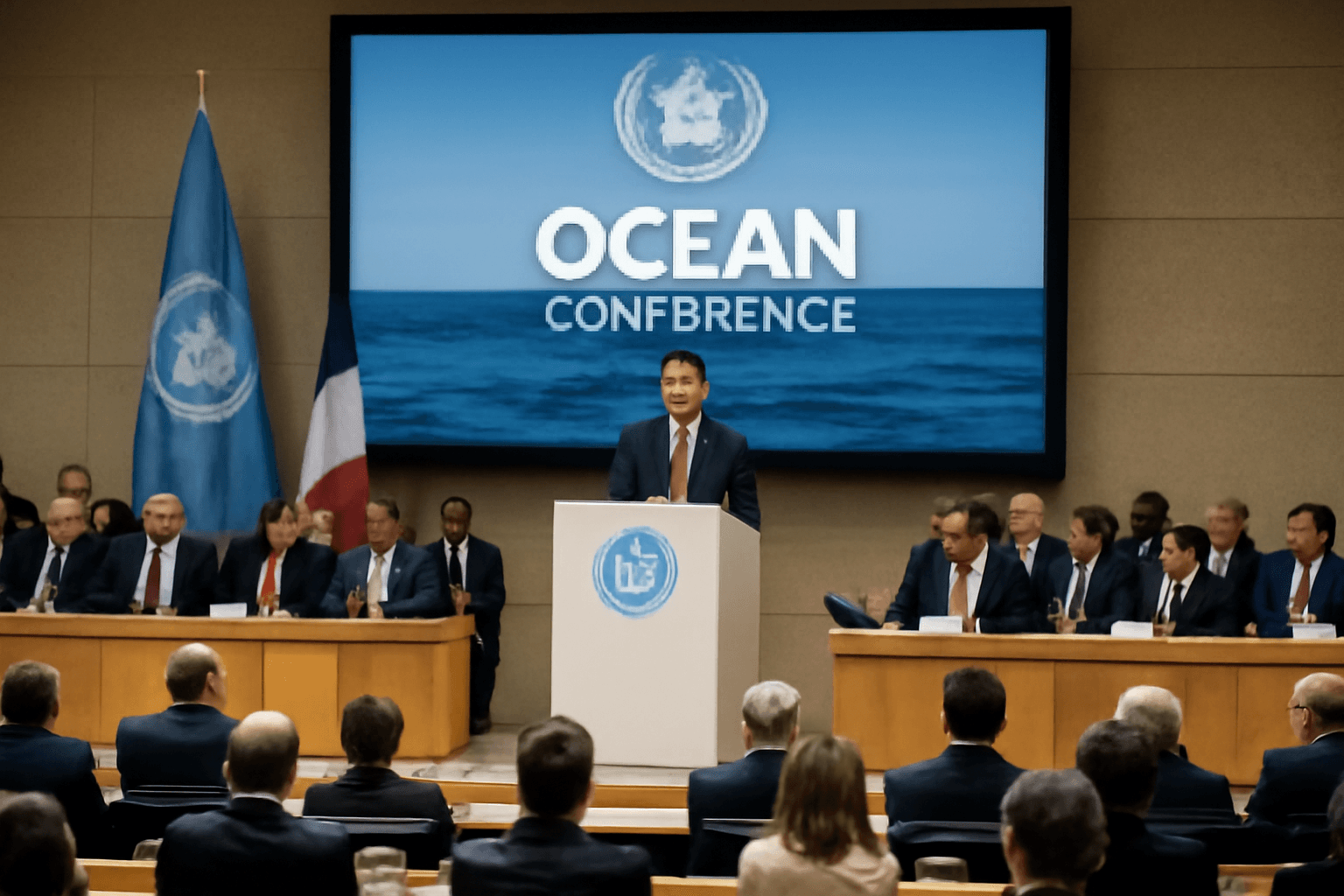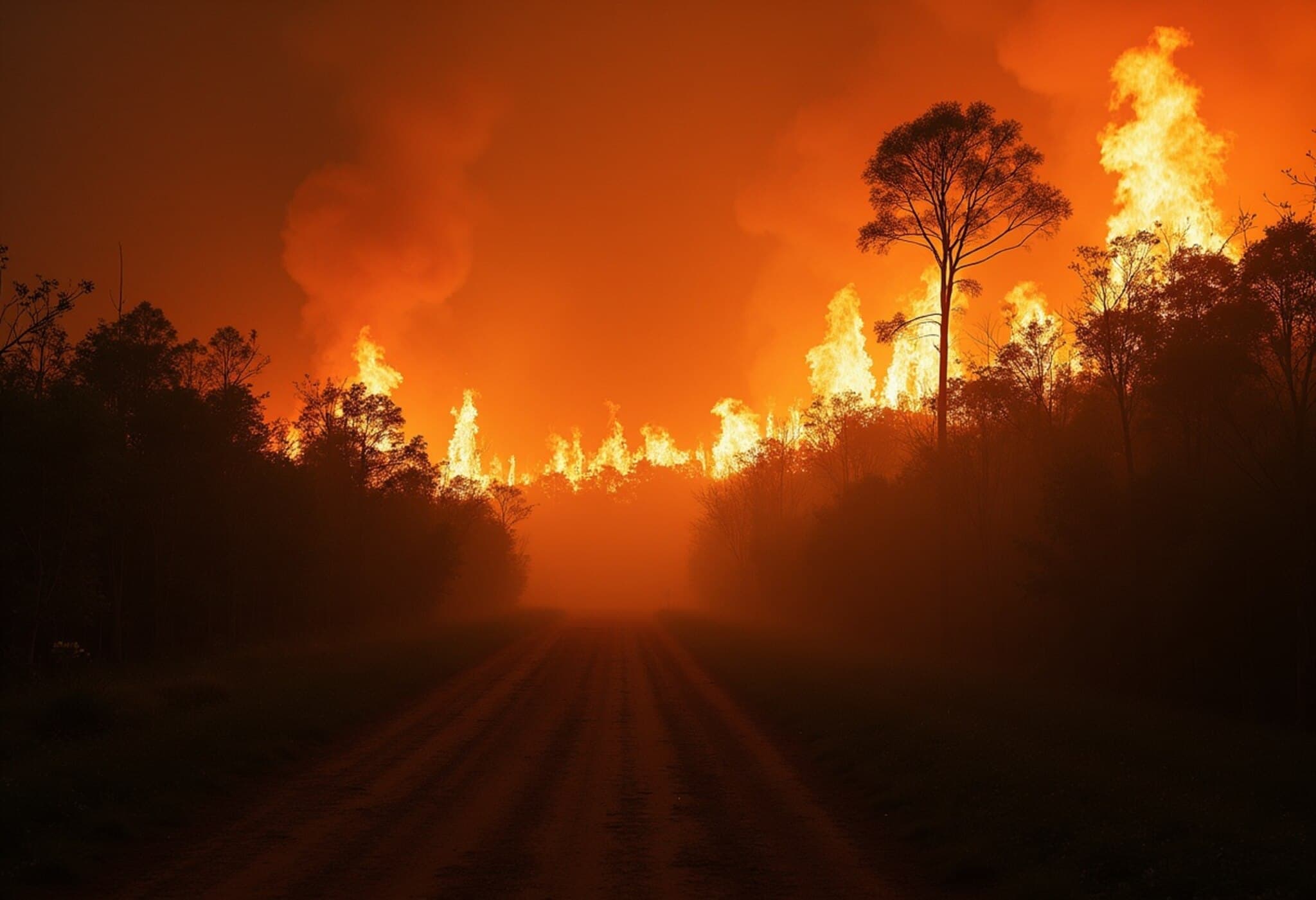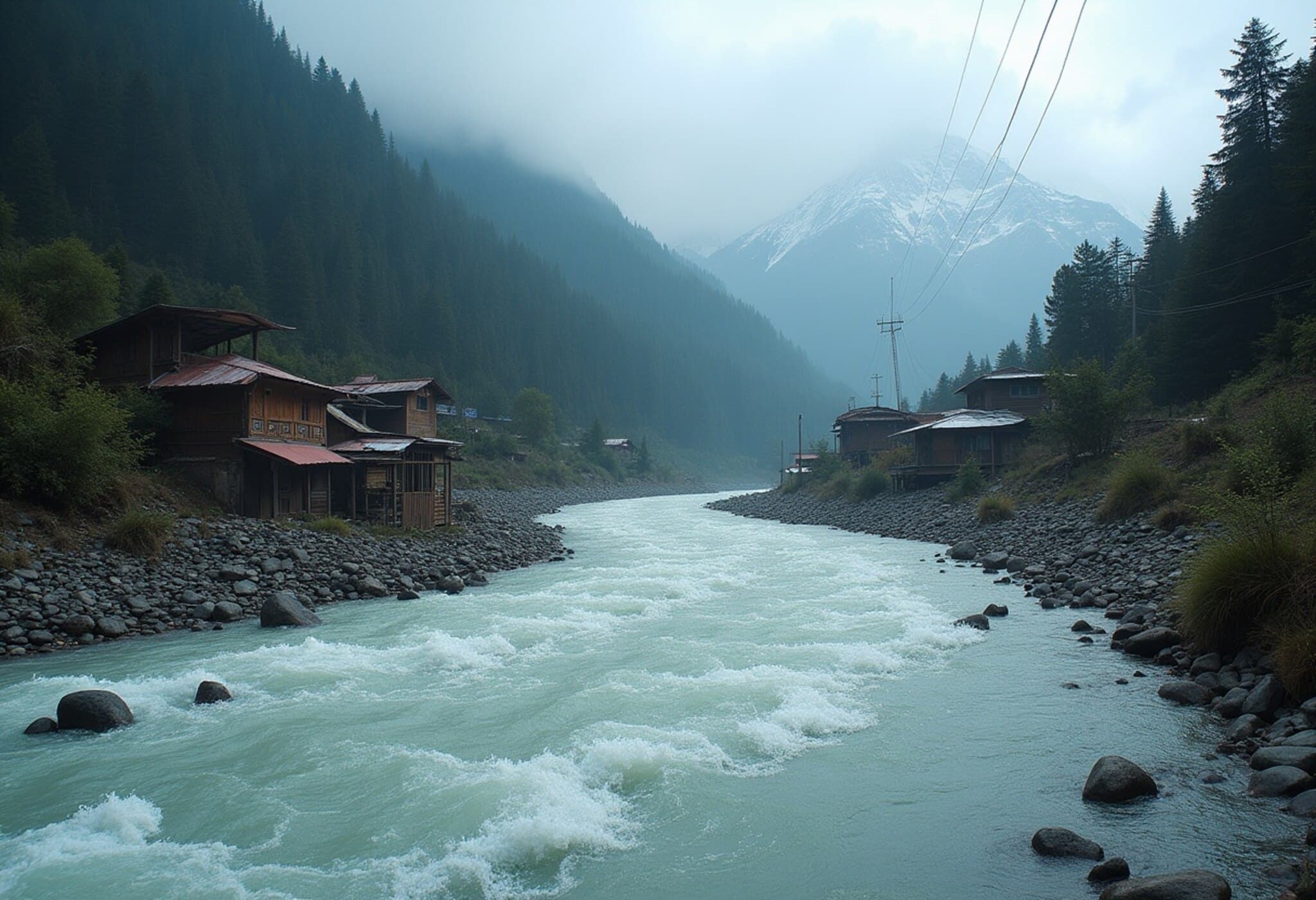Massive Glacier Collapse Buries Swiss Village of Blatten
The village of Blatten, located in southern Switzerland’s Loetschental Valley, was devastated following a massive glacier collapse involving the Birch Glacier and nearby mountain slopes. The geological disaster, triggered by the collapse of part of the Nesthorn mountain, sent approximately nine million cubic meters of ice and rock tumbling into the valley, effectively burying Blatten.
Evacuation and Immediate Impact
Authorities monitored increasing instability on Nesthorn mountain over recent weeks, observing smaller rock and ice slides which prompted them to evacuate all 300 residents and their livestock as a precautionary measure. Though no major injuries have been reported, one man, aged 64, remains missing.
The collapse destroyed homes, the local church, and the iconic Hotel Edelweiss; only the roof of the hotel remains visible above the debris. The disaster's immense force registered on geological monitoring stations across Switzerland, underscoring its severity.
Witness Accounts and Community Response
Nearby residents described the event vividly. Barbara and Otto Jaggi from Kippel recounted hearing loud noises and power outages just before realizing the magnitude of the disaster. Following evacuation, neighboring villages organized prayer gatherings to support those affected, highlighting the local community’s grief and resilience.
Climate Change and Geological Factors
Experts identify rising temperatures and resulting permafrost thaw as key contributors to such instability in alpine regions. Previously stable mountain slopes have weakened rapidly, causing landslides and glacier collapses to occur over just decades rather than centuries.
Glacier specialist Matthias Huss emphasized the unprecedented nature of the Blatten event, calling it "the worst-case scenario" and noting its link to broader climate change effects. He warned this could be a sign of what is to come for other mountain villages in Switzerland.
Ongoing Challenges and Future Outlook
Clean-up efforts remain on hold due to flooding risks caused by debris blocking the Lonza River, threatening downstream communities such as Wiler and Kippel. Swiss authorities, including President Karin Keller-Sutter, have visited the site to assess damage and support displaced residents.
Looking ahead, this disaster may significantly influence how Switzerland manages habitation and environmental safety in mountainous zones, as experts acknowledge these events are becoming increasingly common under current climate trajectories.
Key Facts:
- Location: Blatten, Loetschental Valley, Valais canton, Switzerland
- Event: Glacier and mountain slope collapse (Birch Glacier and Nesthorn mountain)
- Volume of debris: Approximately 9 million cubic meters of ice and rock
- Residents evacuated: 300
- Missing persons: One man, aged 64
- Damage: Village buried under debris; homes, church, and Hotel Edelweiss destroyed
- Environmental impact: Blocked Lonza River causing flood risks downstream
- Cause: Climate change induced permafrost thaw and mountain instability



